By Chan Jia Hao
 Last month, Nepal launched its first satellite, NepaliSat-1 into the orbit, joining other South Asian countries such as India, Pakistan, Bangladesh and Sri Lanka in owning a national satellite. Previously, Nepal has been relying on the South Asia Satellite, launched by India and offered to other South Asian nations for boosting domestic information and communications technology (ICT) connectivity. Nepal’s own satellite launch took a different turn, however, by not relying on India. Instead, Nepal gathered multilateral assistance from the United Nation’s BIRDS program, in collaboration with Japan’s Kyushu Institute of Technology for the launch.
Last month, Nepal launched its first satellite, NepaliSat-1 into the orbit, joining other South Asian countries such as India, Pakistan, Bangladesh and Sri Lanka in owning a national satellite. Previously, Nepal has been relying on the South Asia Satellite, launched by India and offered to other South Asian nations for boosting domestic information and communications technology (ICT) connectivity. Nepal’s own satellite launch took a different turn, however, by not relying on India. Instead, Nepal gathered multilateral assistance from the United Nation’s BIRDS program, in collaboration with Japan’s Kyushu Institute of Technology for the launch.
This episode, Nepal’s breakthrough in international space collaboration, is only a glimpse of Kathmandu’s ambition to boost its overall technological capabilities and independence from India.
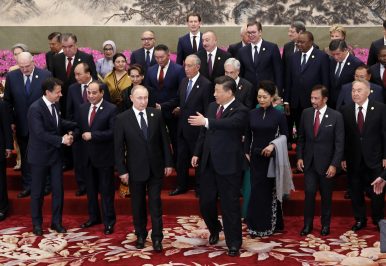



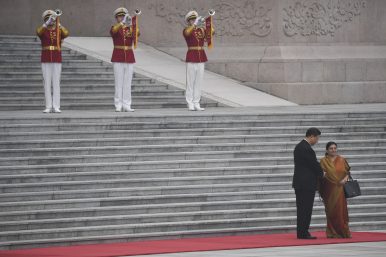
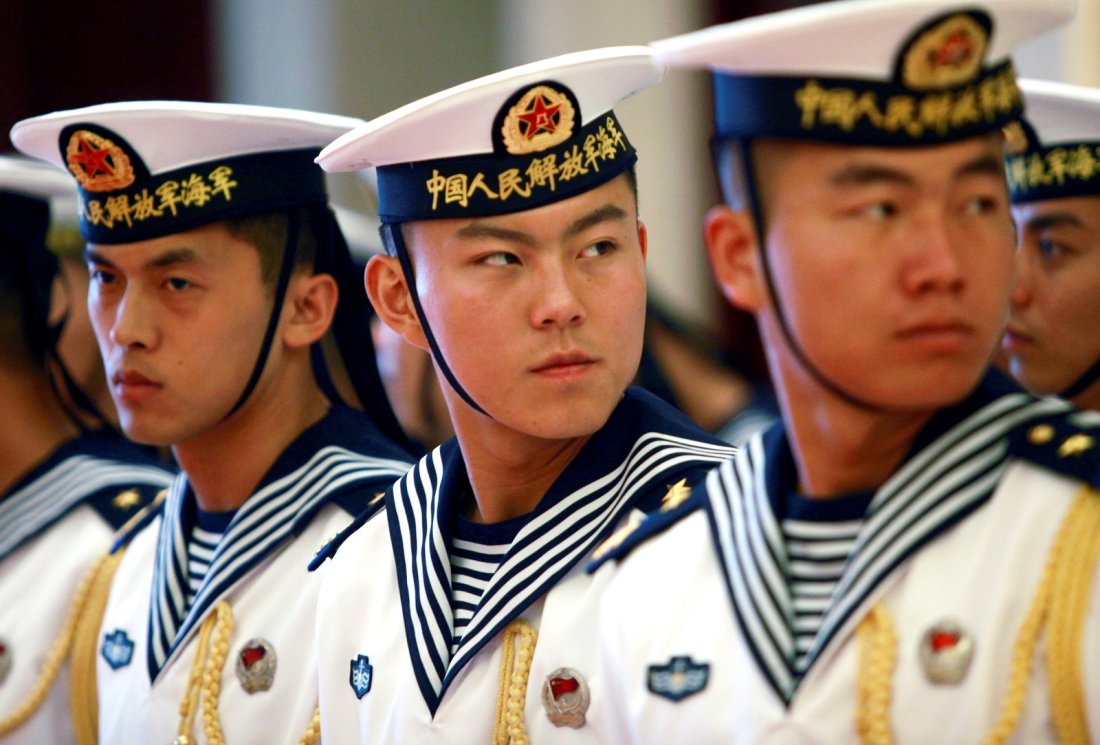

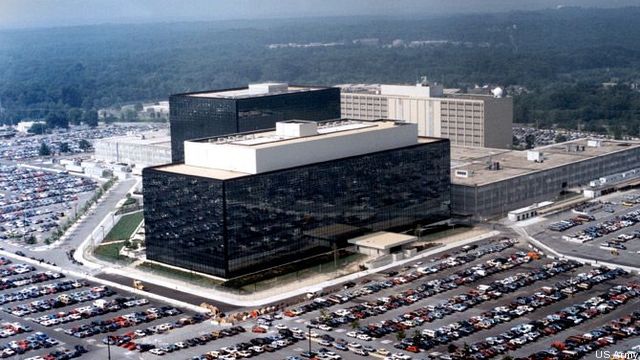
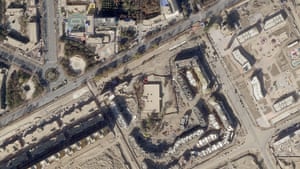






/arc-anglerfish-arc2-prod-mco.s3.amazonaws.com/public/OSEAMLEYNREJ3PBYKWVF3BXQPI.jpg)

/arc-anglerfish-arc2-prod-mco.s3.amazonaws.com/public/SYHAB4FHGVDKZFCW6LN6CL2KTI.jpg)